
Life of a Rice Delivery Man
By Jade Hu - Thursday, Jan 02, 2014
Every day at work, they come face to face with Indians, Malays and Chinese, but he speaks only Mandarin and Hokkien, and they get by. Their office is a moving truck, and they have lunch wherever they end up at noontime, time permitting. Heavy lifting is their main job description and at the core of their business is delivering a dietary staple that has been around for more than 5,000 years. They have first-hand knowledge about whose food business is on the rise, or otherwise – just by the amount of grains they supply. They are your rice delivery men who provides, come rain or shine. Between them they work Monday to Sunday (taking turns to have a day off), so you and I can have a plate of chicken rice or nasi briyani, made from rice freshly imported from Thailand, Cambodia, Vietnam, Sri Lanka and India.

Having known each other and worked together for more than two decades, Jimmy (as all his vendors know him) and Ah Ngee, go like clockwork, delivering sacks of rice weighing fifty kilograms each, making over thirty stops in a punishing 12-hour work day, going to hawker centres, coffeeshops, factory canteens, wet markets and even Buddhist temples, anywhere from Tuas to Tampines. They occasionally make detours to one of two rice warehouses in Aljunied or Sembawang to reload before setting off again. For every sack of rice they deliver, they earn around S$5 to S$10 depending on the price of the rice, and they do not get a basic salary, which is a pittance when you think about the sheer physical labour involved. Besides rice, they also provide eggs, vegetable cooking oil, dried bee hoon and salt for their customers, to supplement their income. They don’t lose a beat, weaving in and out of busy eateries, their necks bent over as they heave hefty burlap rice sacks on their shoulders. They are the unsung heroes of our comfort food culture.
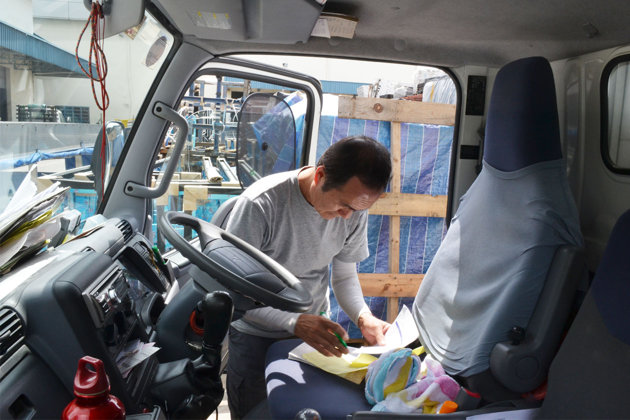
Jimmy’s stoic persona quickly disintegrated when he meets a regular customer who sells vegetarian fare at a food centre in the Jurong industrial area. Since it was lunchtime, the stall owner offered Jimmy a plate of bee hoon with a mock meat fried chicken drumstick and stir-fried greens, which he gobbled up hungrily. When asked about what kind of food he enjoys eating having been to countless hawker centres and eateries around the island, he revealed, almost sheepishly, that he relishes a home-cooked meal, and he prefers brown rice over the white variety as it is healthier and does not give him an unwelcome post-lunch sugar rush. Ah Ngee, who is in his 70s, likes to have neither coffee nor a carbohydrate-heavy meal despite his physically-demanding job. His 56-year-old partner Jimmy has already had his fourth cup of Kopi-o for the day. I watched in amazement as they each lug up to two 50 kg sacks at one go, followed by an impressive maneuver through a narrow kitchen space carrying fifteen trays of eggs to a nasi lemak stall.
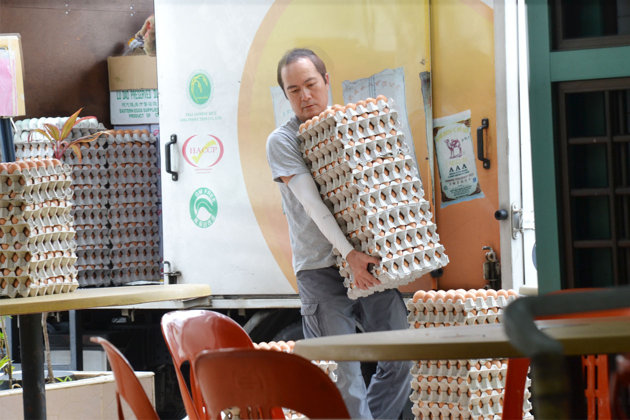
So, who orders the most grains? Jimmy said that a particular stall in the Block 17 Market and Food Centre on Upper Boon Keng Road, and another in Sin Ming Road, are by far their number one customers, using up to one 50kg bag of rice per day. To put that in perspective, most other stalls use only one bag per week. Apart from conventional eating places, Jimmy and Ah Ngee also deliver rice to elderly folks’ homes and Buddhist temples on behalf of good Samaritans who would like to make tangible donations to the needy.
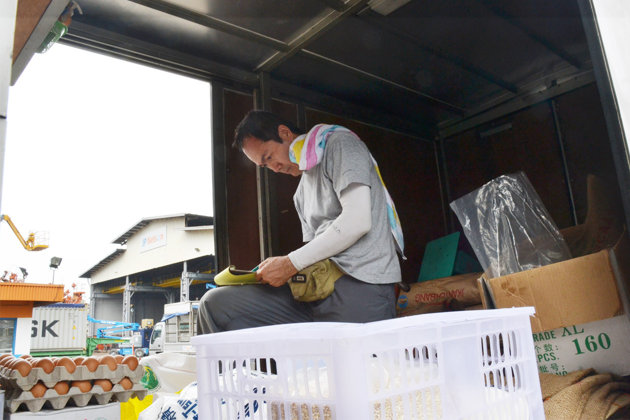
Jimmy is somewhat of a rice expert himself about the kind of rice used for various rice dishes in Singapore. For the Hainanese chicken rice, it is imperative to use aged rice, which has been stored for a year or two, because it gives that firm, softly al dente firm texture when cooked. New rice, which is rice that has been harvested within one year, it is more suitable for cooking dishes like Teochew porridge, because it yields a more sticky texture and runny consistency that is key to a perfect porridge. How about the revered nasi briyani? Have you ever wondered why it is one of the pricier rice dishes around? The long-grained and fragrant Basmati rice comes naturally pricier in the market due to supply and harvesting techniques. It contain a higher concentration of natural essential aromas compared to other types of rice, thereby giving off a multi-dimensional aromatic flavour critical to making a well-executed dum briyani. On top of that, the hard grain holds its shape well after cooked, and delivers a nutty, slightly crunchy texture that is complementary to the curry or dhal dribbled all over. In general, according to Ah Ngee, most stalls use Thai jasmine white rice.
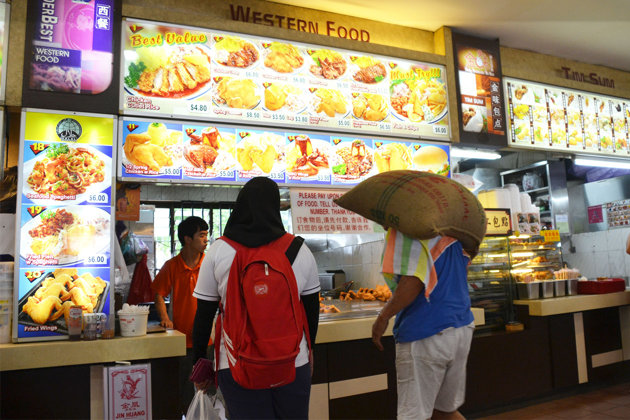
Even though the type of rice is specific to a particular dish, different vendors buy rice of varied grade and quality based on their own business needs. The Thai jasmine rice, which is supposed to be unrivalled due to its fragrant aroma, tender texture and ‘pandan’-like flavour, comes in good and “lesser” varieties, so not all Thai jasmine rice dishes are created equal. Jimmy and Ah Ngee know exactly which vendors are using the better-grade grains, but are mum on who cut corners in that department. Nevertheless, Jimmy remarked that there is no way of hiding the fact to someone with a discerning taste bud.
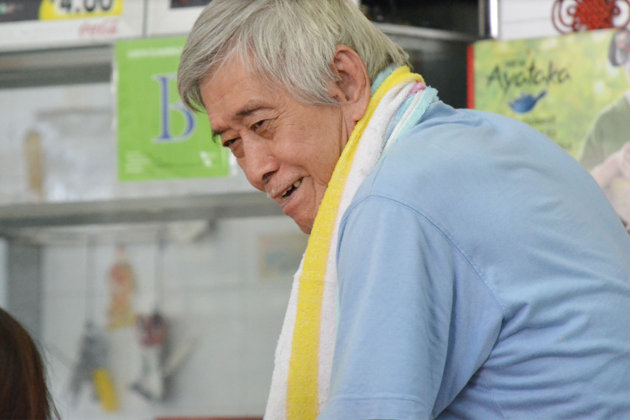
These folks can tell you a lot more about rice and the hawkers than you care to know, often with interesting anecdotes. But the sun is not rising on a new breed of rice delivery workers and the pure physical nature of this job is a big turn off. So, who’s going to send you your grains when the sun sets on folks like Jimmy and Ah Ngee…


